How Many Barrels Does a Tank Truck Have?
Tank trucks, also known as tanker trucks, play a crucial role in transporting liquid and gaseous products across various industries, from oil and chemicals to milk and water. A common question arises when considering their capacity: “How many barrels does a tank truck have?” To answer this, we need to delve into the types of tank trucks, their capacities, the standard measurements used in the industry, and the factors that influence their design and operation.
Types of Tank Trucks
Tank trucks come in various configurations, each designed for specific types of cargo. The main types include:
1. Fuel Tankers: These are commonly seen transporting gasoline, diesel, and other petroleum products. They are equipped with special compartments and safety features to handle flammable liquids.
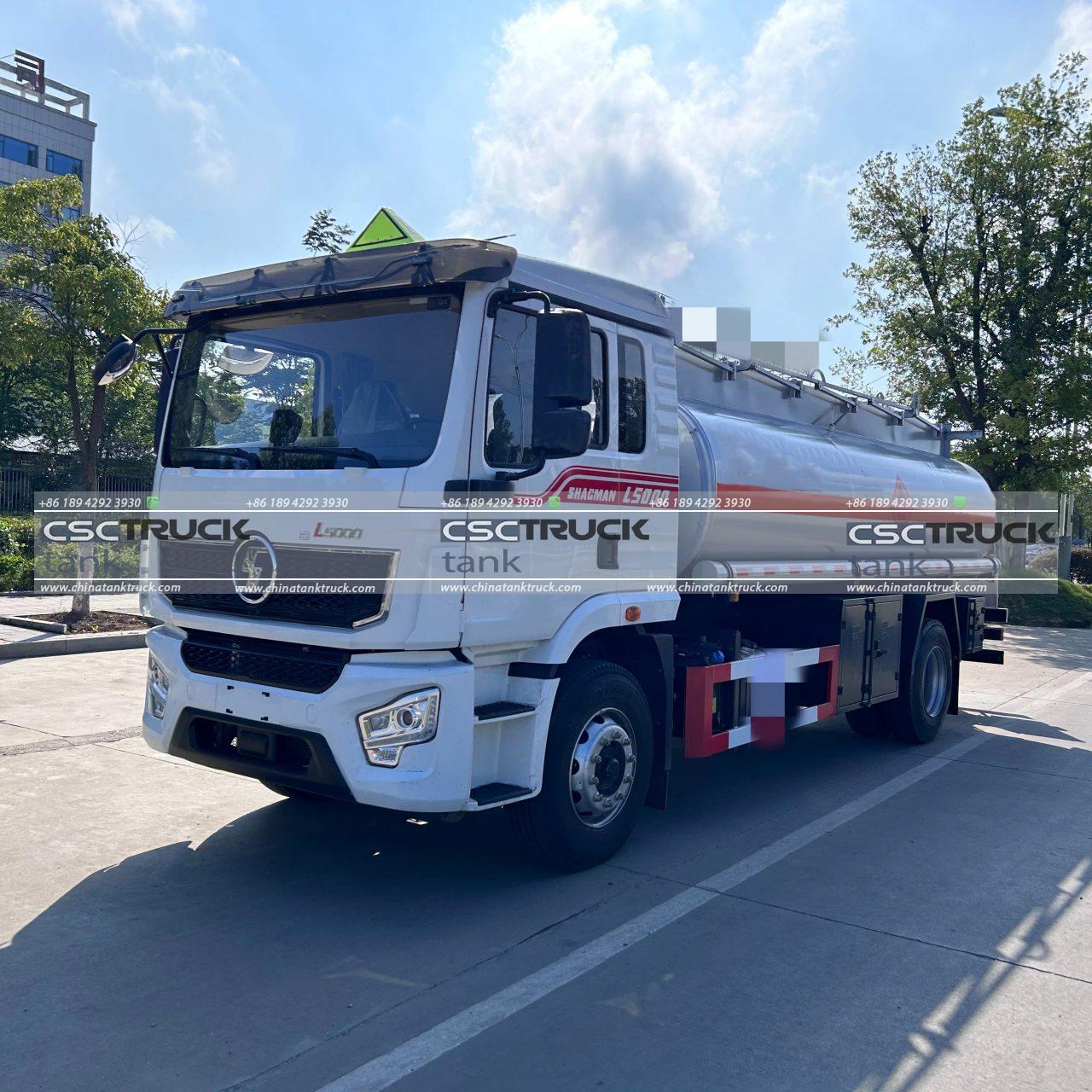
2. Chemical Tankers: These trucks transport hazardous chemicals and are designed with corrosion-resistant materials to prevent leaks and spills.
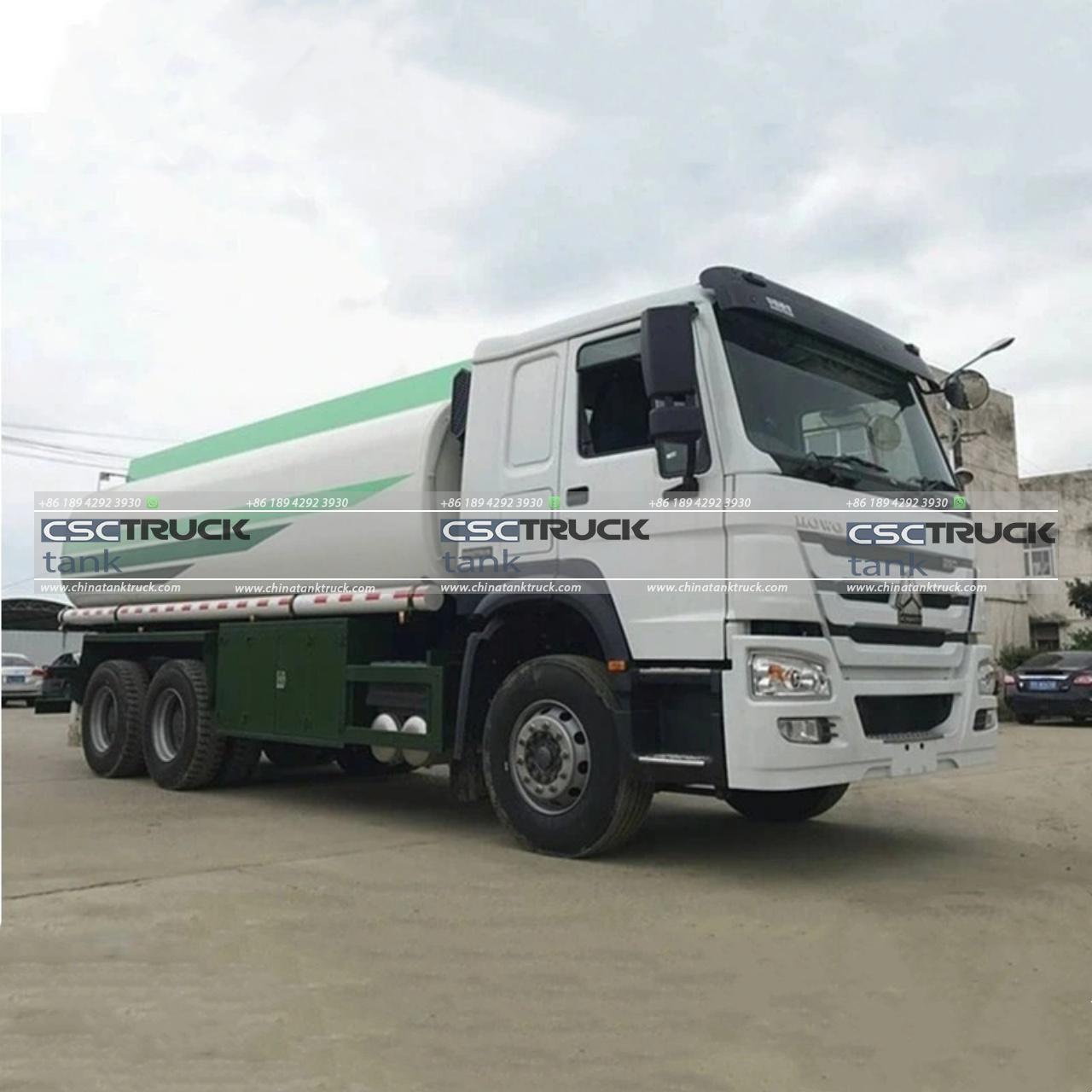
3. Food-Grade Tankers: Used for transporting milk, juice, and other consumable liquids, these trucks must adhere to strict sanitary standards.
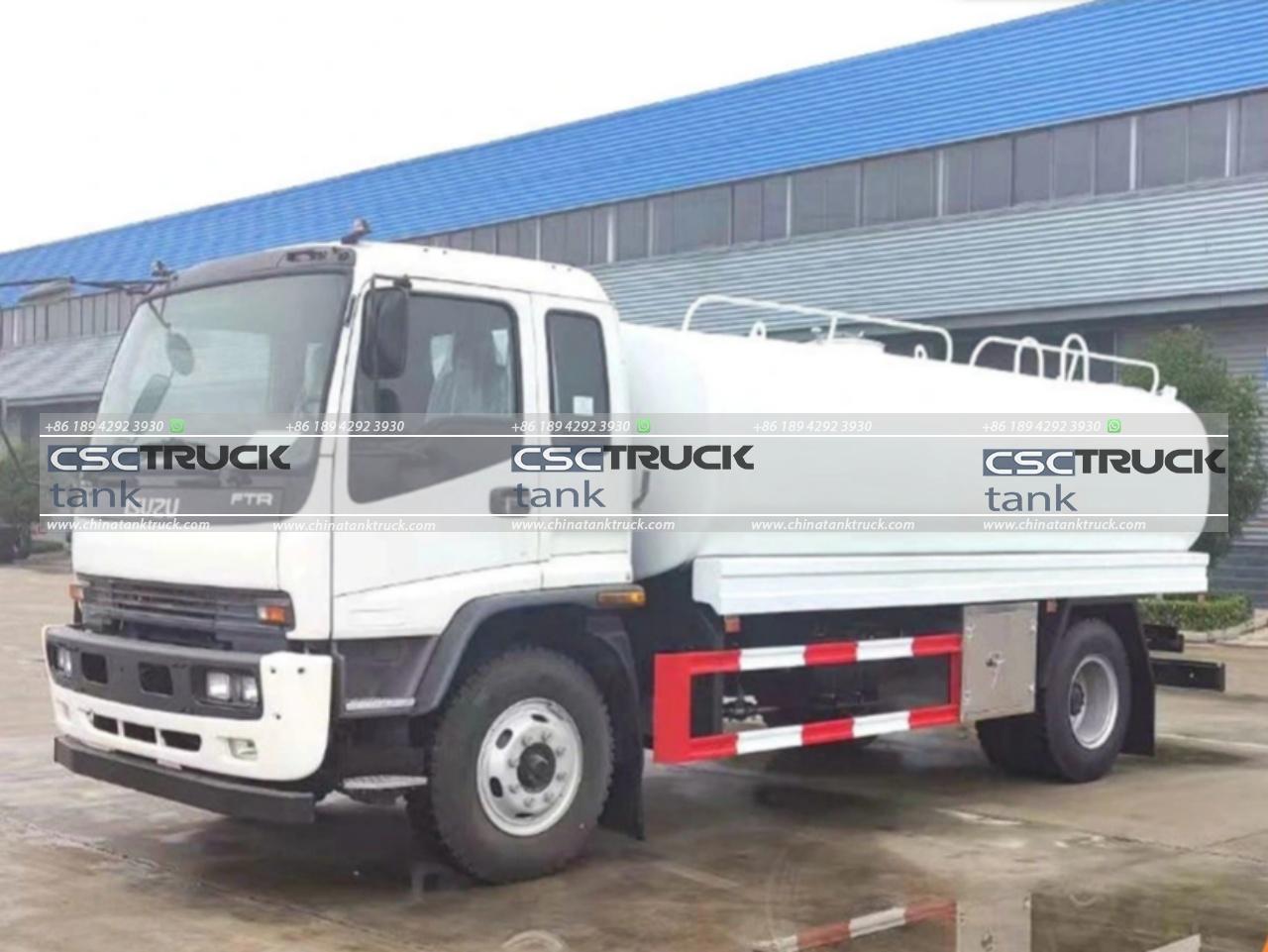
4. Water Tankers: These are used for delivering potable water or for industrial purposes like firefighting or dust suppression.
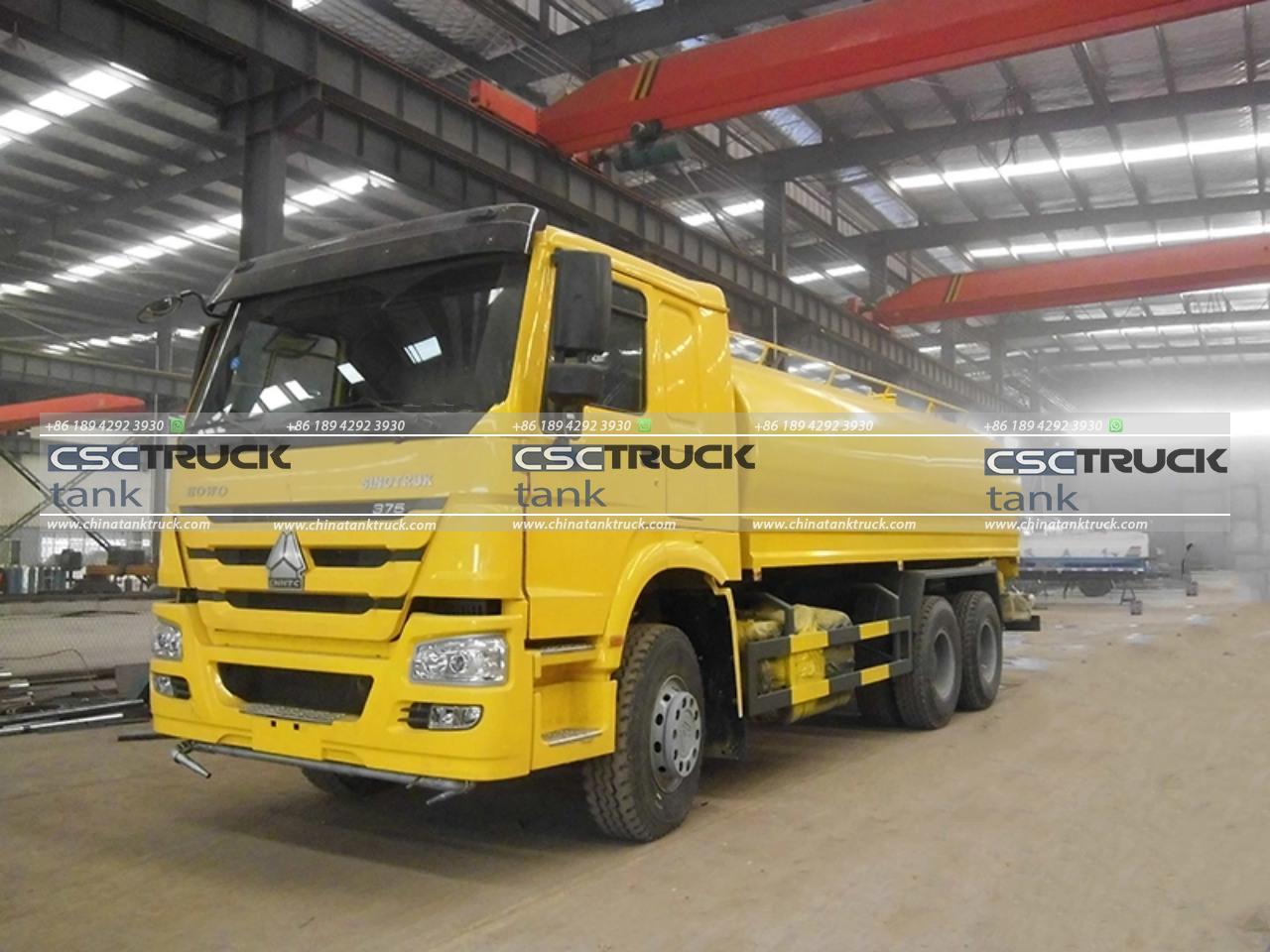
5. Cryogenic Tankers: These are specialized for transporting gases at extremely low temperatures, such as liquid nitrogen or oxygen.
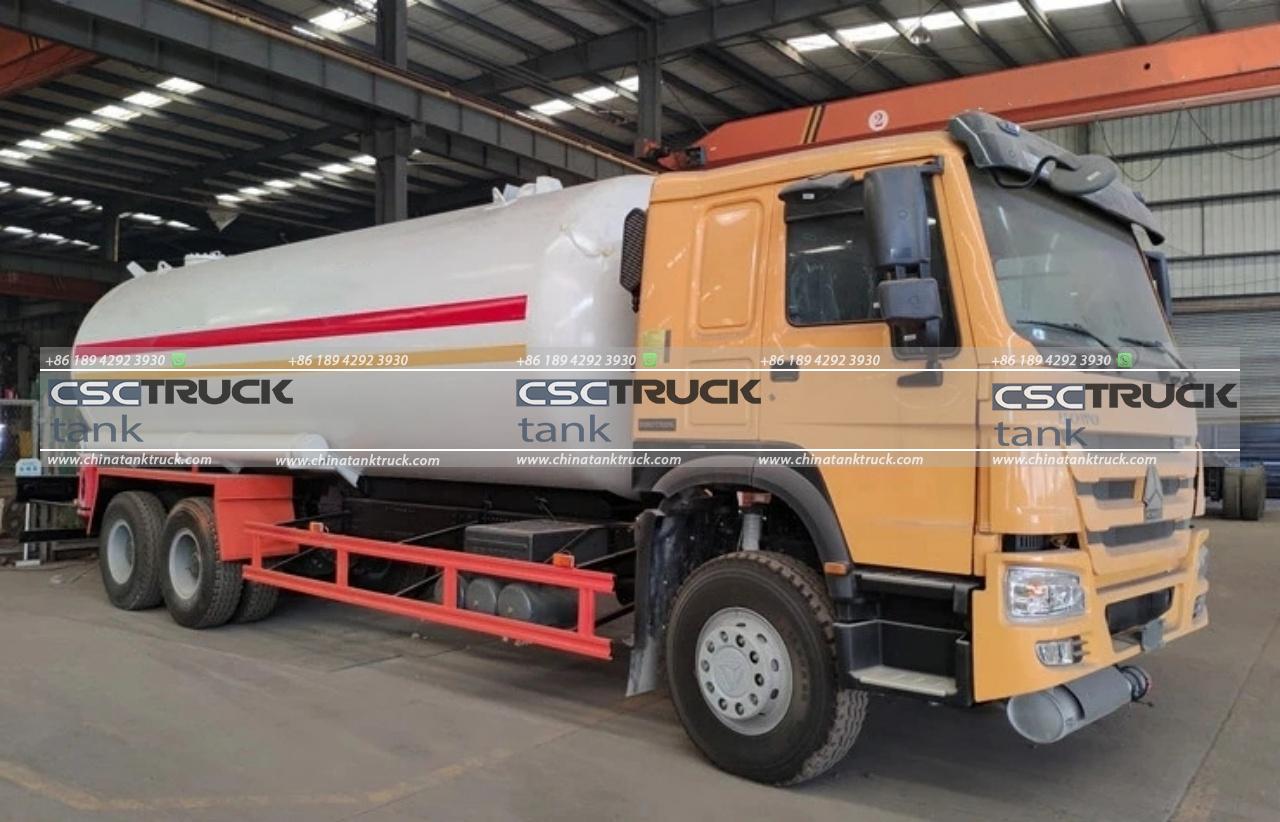
Measuring Capacity: Barrels, Gallons, and Liters
In the United States, the capacity of tank trucks is often measured in gallons or barrels. One barrel of crude oil is equivalent to 42 gallons. In other regions, liters might be the standard unit of measure. To understand how many barrels a tank truck can carry, it’s essential to know the truck’s total capacity in gallons or liters.
Typical Capacities of Tank Trucks
The capacity of tank trucks can vary widely based on their size and purpose:
1. Small Tank Trucks: These typically have a capacity ranging from 2,000 to 3,000 gallons. They are often used for local deliveries and can navigate through tight urban areas.
2. Medium Tank Trucks: These can carry between 5,000 to 7,000 gallons. They are commonly used for regional deliveries.
3. Large Tank Trucks: Also known as semi-trailer tankers, these can have capacities of up to 11,600 gallons or more. They are used for long-haul deliveries and are a common sight on highways.
To convert these capacities to barrels, consider the following approximations:
– A small tank truck with a 2,500-gallon capacity can hold about 59.5 barrels.
– A medium tank truck with a 6,000-gallon capacity can hold about 142.8 barrels.
– A large tank truck with an 11,600-gallon capacity can hold about 276.2 barrels.
Factors Influencing Tank Truck Capacity
Several factors influence the capacity and design of tank trucks:
1. Regulations and Safety Standards: Tank trucks must adhere to strict regulations, which vary by country and region. These regulations cover aspects such as maximum allowable weight, safety features, and environmental protection.
2. Cargo Type: The type of liquid or gas being transported affects the tank design. For instance, petroleum tankers have multiple compartments to reduce the risk of explosion and to prevent liquid sloshing that can destabilize the vehicle.
3. Road and Route Conditions: The routes that tank trucks travel on can influence their design. Trucks intended for rural or rugged terrains might have different specifications compared to those used in urban settings.
4. Material of Construction: Tanks are made from various materials depending on the cargo. Stainless steel is common for food-grade tankers, while aluminum or specialized alloys might be used for chemical tankers.
5. Temperature Control: Some tank trucks are equipped with insulation or heating/cooling systems to maintain the temperature of the cargo, especially for perishable goods or temperature-sensitive chemicals.
Loading and Unloading Considerations
The process of loading and unloading tank trucks also impacts their design. Efficient loading and unloading systems are crucial to minimize downtime and ensure the safe transfer of liquids. Some trucks have pump systems, while others rely on gravity or pressurized systems to move the cargo. The number of compartments in a tank can also vary, allowing for the transportation of different products simultaneously without mixing them.
Environmental and Economic Considerations
The efficiency of tank trucks is not just a matter of capacity but also environmental impact and operational costs. Modern tank trucks are designed to minimize emissions and maximize fuel efficiency. This includes aerodynamic designs, lightweight materials, and advanced engine technologies. The goal is to reduce the carbon footprint while ensuring that the transportation of goods remains economically viable.
Conclusion
The question of “How many barrels does a tank truck have?” is complex and depends on various factors including the type of truck, its size, and the nature of the cargo. By understanding the typical capacities and the influencing factors, we gain a clearer picture of how tank trucks are designed and operated.
From small local delivery trucks to large highway tankers, these vehicles are integral to the logistics of liquid and gas transportation. Their design and operation reflect a balance between capacity, safety, regulatory compliance, and efficiency, ensuring that they meet the diverse needs of industries worldwide. Whether it’s a small tanker delivering fuel to a local gas station or a massive truck transporting crude oil across state lines, each plays a vital role in keeping economies moving and communities supplied with essential resources.

